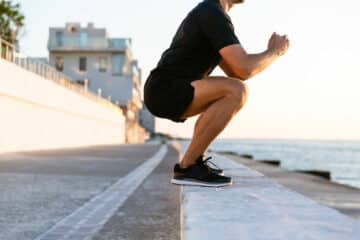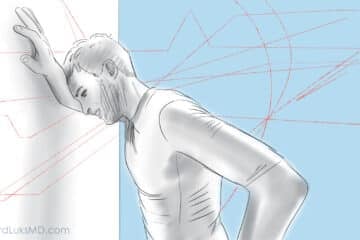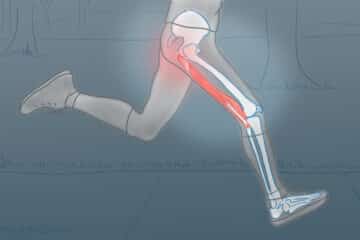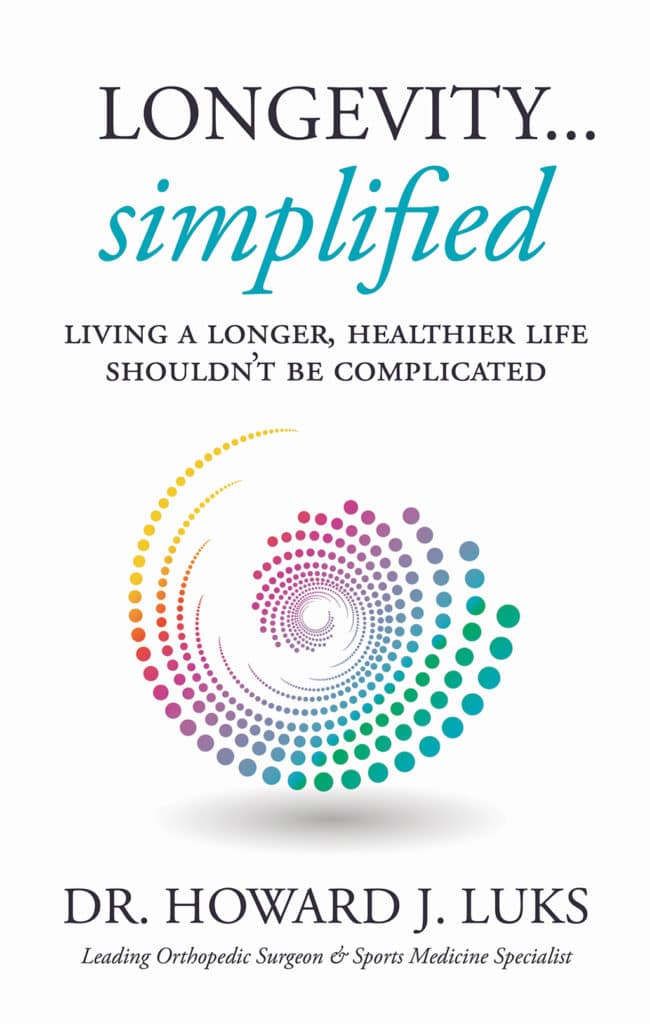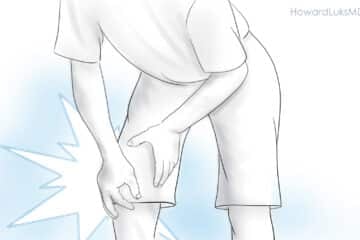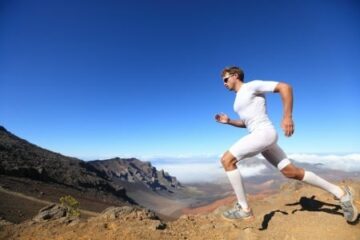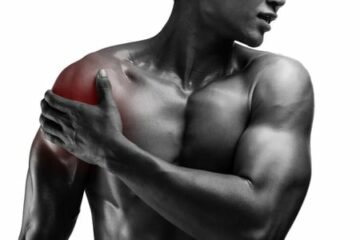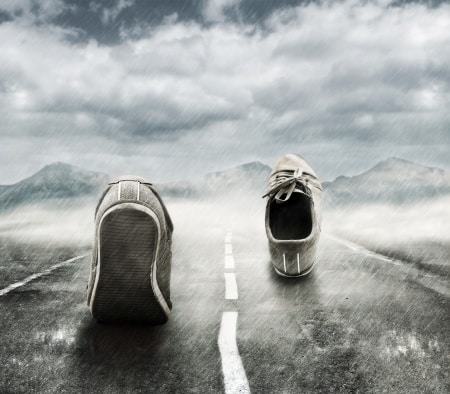
Running continues to experience an increase in overall popularity. Most runners prefer to run outside. A few prefer to run inside. Is treadmill running or outdoor running better for you and your training?
Clearly outdoor running is preferred over a treadmill. This is true for training purposes, mindfulness, and conditioning. There are many differences you will experience whether you are running outside or you are running on a treadmill.
Treadmill running involves setting a pace which the treadmill will maintain for you. This does not allow the runner to find their pace, their comfort zone or work on finding a quality conversational pace so they can transition to outdoor running easily when the weather changes or your work schedule allows for it.
Running in many parts of the country means that when you plan on venturing outdoors you will be subject to the extremes of temperature, humidity, wind and resistance. It takes the average runner 2-3 weeks to adjust to these temperature/humidity differences when running outside. This is a must if you plan on running a 5K on a hot humid day or an early season ½ marathon where the temperature might be 30 degrees when you first hit the pavement.
Inadequate training for various muscles groups is a reality for treadmill runners. The belt is moving. Your energy expenditure is less because the treadmill is doing some of the work. Because of the direction of the belt, your posterior chain, including your hamstrings do not need to work as hard because the belt on the treadmill is doing the work for you. This is contributed to by the change in your running style inside versus outside. For those of you who only run on a treadmill during the winter or the dog days of summer, that can make the transition back to outdoor running more of a challenge.
Running outdoors can be quite meditative for those who run quiet roads or trails. Your mind tends to go to its happy place. That is key for many of us when we are out on our long slow runs. I don’t know about you, but I can never find that happy place when I am running on a treadmill. I need the horizontal movement to feel like I’m accomplishing something and to get into my zone. Runners also tend to pick up on queues from their environment with regards to managing their pace. An accomplished runner will know their pace simply by observing their environment and watching the trees, sign or whatever pass by as we cruise along.
Trying to emulate an outdoor run on a treadmill is difficult. Most outdoor runs are not flat. Training to be a better runner means getting out there and putting in those long slow runs to get your body used it. For outdoor runners that means that you need to try and maintain pace or effort through various changes along the route. Therefore your pace might change as you run against the wind, or run up hill. If you are running on a treadmill try to hide the panel which displays the pace and time and simply try to find that conversational pace for a long slow run. Speed work isn’t easy to do on a treadmill and not nearly as effective. Set your treadmill to a 1-3% uphill grade to simulate outdoor running, since very few outdoor runs are flat. Run to a pace which feels comfortable and one in which you will still be able to carry on a conversation if someone were standing beside you. Do not just set it at 8.5 and go. Your bodys’ tolerance for pace will change with many runs based upon prior training, heart rate variability, conditioning and the quality of your sleep. So do not force a faster pace on a treadmill if you’re not up to it. If you run with a heart rate monitor stay in Zone 2 or the lower end of Zone 3 for your typical treadmill run.
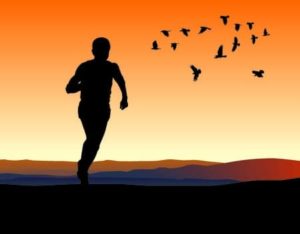
Granted… it is better to run on a treadmill than not to run at all. But you will become a better runner and enjoy it more if you are able to make the transition to outdoor running where you will now have your normal running pattern, a better idea of your ideal pace and you will be able to observe all the beauty of the spaces your run will take you.


